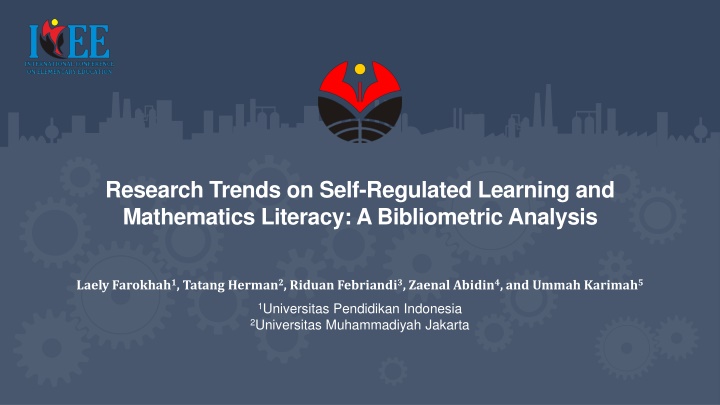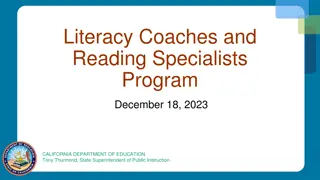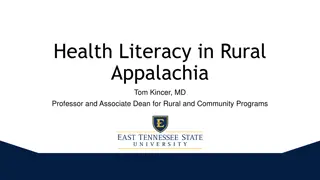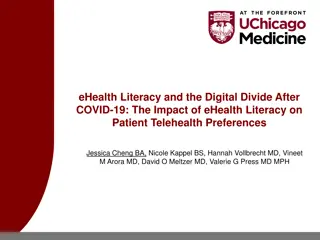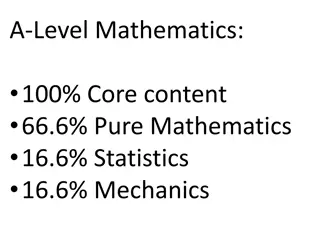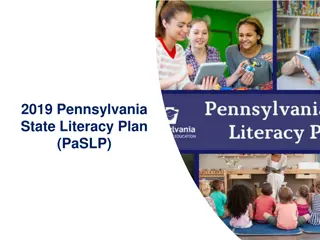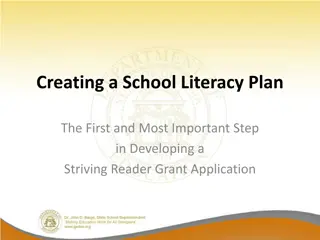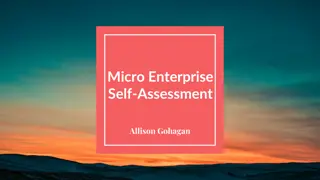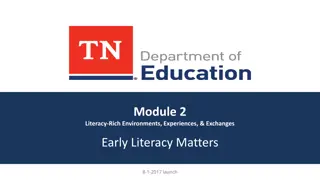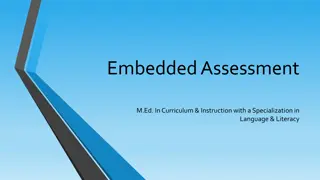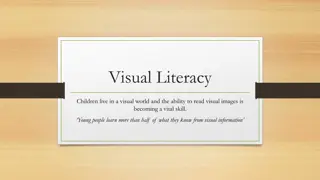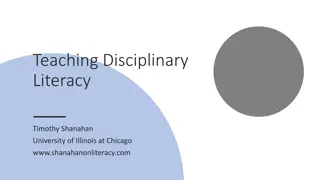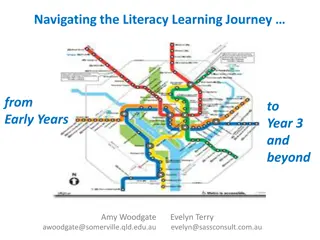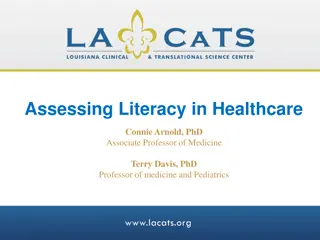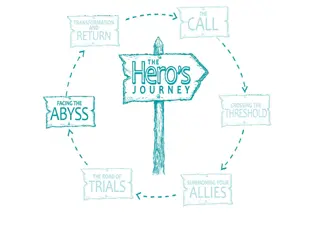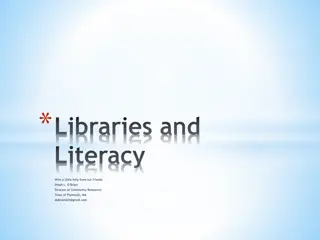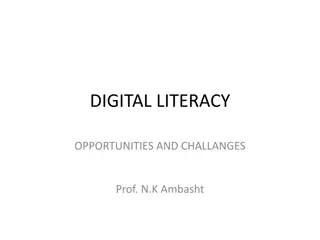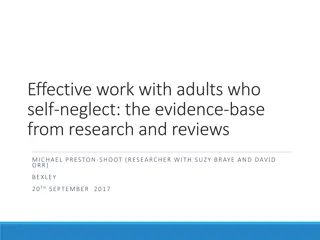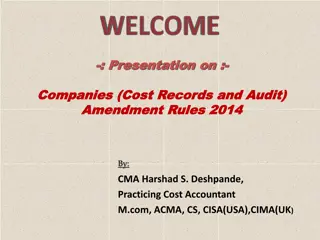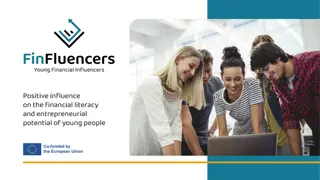Research Trends on Self-Regulated Learning and Mathematics Literacy: A Bibliometric Analysis
In the 21st era, the challenges in mathematics learning and the importance of mathematics literacy have sparked interest in self-regulated learning. This study delves into research trends surrounding self-regulated learning and mathematics literacy, highlighting the evolving landscape in education.
Download Presentation

Please find below an Image/Link to download the presentation.
The content on the website is provided AS IS for your information and personal use only. It may not be sold, licensed, or shared on other websites without obtaining consent from the author.If you encounter any issues during the download, it is possible that the publisher has removed the file from their server.
You are allowed to download the files provided on this website for personal or commercial use, subject to the condition that they are used lawfully. All files are the property of their respective owners.
The content on the website is provided AS IS for your information and personal use only. It may not be sold, licensed, or shared on other websites without obtaining consent from the author.
E N D
Presentation Transcript
Research Trends on Self-Regulated Learning and Mathematics Literacy: A Bibliometric Analysis Laely Farokhah1, Tatang Herman2, Riduan Febriandi3, Zaenal Abidin4, and Ummah Karimah5 1Universitas Pendidikan Indonesia 2Universitas Muhammadiyah Jakarta
BACKGROUND In the 21st era, the mathematics learning has more challenges to prepare students with some of important mathematics skills. Mathematics literacy is one of the important skills mastered by students. Research education have various changes in each era. However, in the research trends, the terms of self- regulated learning and mathematics literacy whether have a great demand or not is still uncertain, especially related to mathematics education trends especially in mathematics On the other hand, mathematical literacy is also closely related to other factors and abilities. Several previous studies have been conducted relating to students' mathematical literacy in terms of various affective aspects (Anwar, Supriyadi, 2018; Lailiyah, 2017; Sugiarto, Usodo, & Saputro, 2020). Waluya, & The previous research using bibliometric analysis have been conducted mathematics education (Ali, 2018; Jim nez-Fanjul, et.al, 2013; (Afifah & Maarif, 2022; oban & Tezci, 2022; Supriyadi, 2022). However, the bibliometric review about self-regulated mathematics literacy is still limited, especially to analyzing the research trends in the period of 2012 to 2022, last ten years. especially about Self-regulated learning is the ability of students to set goals to increase knowledge, choose strategies that balance progress toward goals, determine the steps taken, and monitor the accumulated effects of their involvement (Butler& Winne, 1995). learning and
METHOD Method This study used bibliometric analysis method (1) framing the research question for the bibliometric analysis (2) collecting the data of research publication on self-regulated learning and mathematics literacy through the application of publish or perish, (3) arranging the bibliometric data for obtained publication data through the application of Microsoft excel (4) doing computational mapping of bibliometric publication data through the application of VOSviewer (5) Analyzing the results of computational mapping, and (6) interpreting the findings.
RESULT AND DISCUSSION Based on the collection data in google scholar database, 995 published articles were obtained using the keywords of self-regulated learning and mathematics literacy. The research trends showed in Table 2 below. Figure 5. Network Visualization of Self-Regulated Learning Term Figure 1. Research Trends on Self-Regulated Learning and Mathematics Literacy Figure 6. Network Visualization of Mathematical Literacy Term
RESULT AND DISCUSSION Moreover, visualization, the term self-regulated learning are not directly related to the term of mathematics literacy, so that the relation between self-regulated learning and mathematics literacy can not be seen clearly. This finding implies that research on self-regulated learning and mathematics literacy is still limited. Viewed from network The findings indicates that research about self-regulated learning in learning achievement have a big focus in research trends from 2012 to 2022. Research from Agustiani, Cahyad, showed that there correlated between self-efficacy, self- regulation of learning, and academic achievements. & Musa are (2016) positively Although the term of mathematics literacy is not visible in the ten highest number of citations visualization, the previous research gives the opportunity to analyse the relation between self-regulated learning and mathematics literacy. learning is the most powerful contributor to academic achievement (Duru & Okeke, 2021). The finding showed that there are 3 terms related to the keyword of research of self- regulated learning and mathematics literacy which have the strongest link. Those terms are self, study, and strategy. Those terms related to the self-regulated learning and literacy. The term of self is the most occurrence term. Mostly, it connected to the many mathematics education term, such as mathematics, mathematics and mathematical literacy. and network Self-regulated achievement,
CONCLUSION Based on the results, the number of publications on self-regulated learning and mathematics literacy is 995 articles. It means that publications of journal article sourced from Google Scholar about self-regulated learning and mathematics literacy have a big number from 2012 to 2022. In addition, research trends on self- regulated learning and mathematics literacy was fluctuating from 2012 to 2022. Based on the network visualization, the term self- regulated learning are not directly related to the term of mathematics literacy, so that the relation between self-regulated learning and mathematics literacy can not be seen clearly. This results can be concluded that the study on the relation of self- regulated learning and mathematics learning is still limited. It means that research about it have a big opportunity to do in the future for giving the novelty of research.
ACKNOWLEDGEMENT The authors would like to thanks to Beasiswa Pendidikan Indonesia from Puslapdik, Ministry of Education, Culture, and Higer Education of the Republic of Indonesia and LPDP (Lembaga Pengelola Dana Pendidikan) from Ministry of Finance of the Republic of Indonesia for support in writing and publishing academic research.
